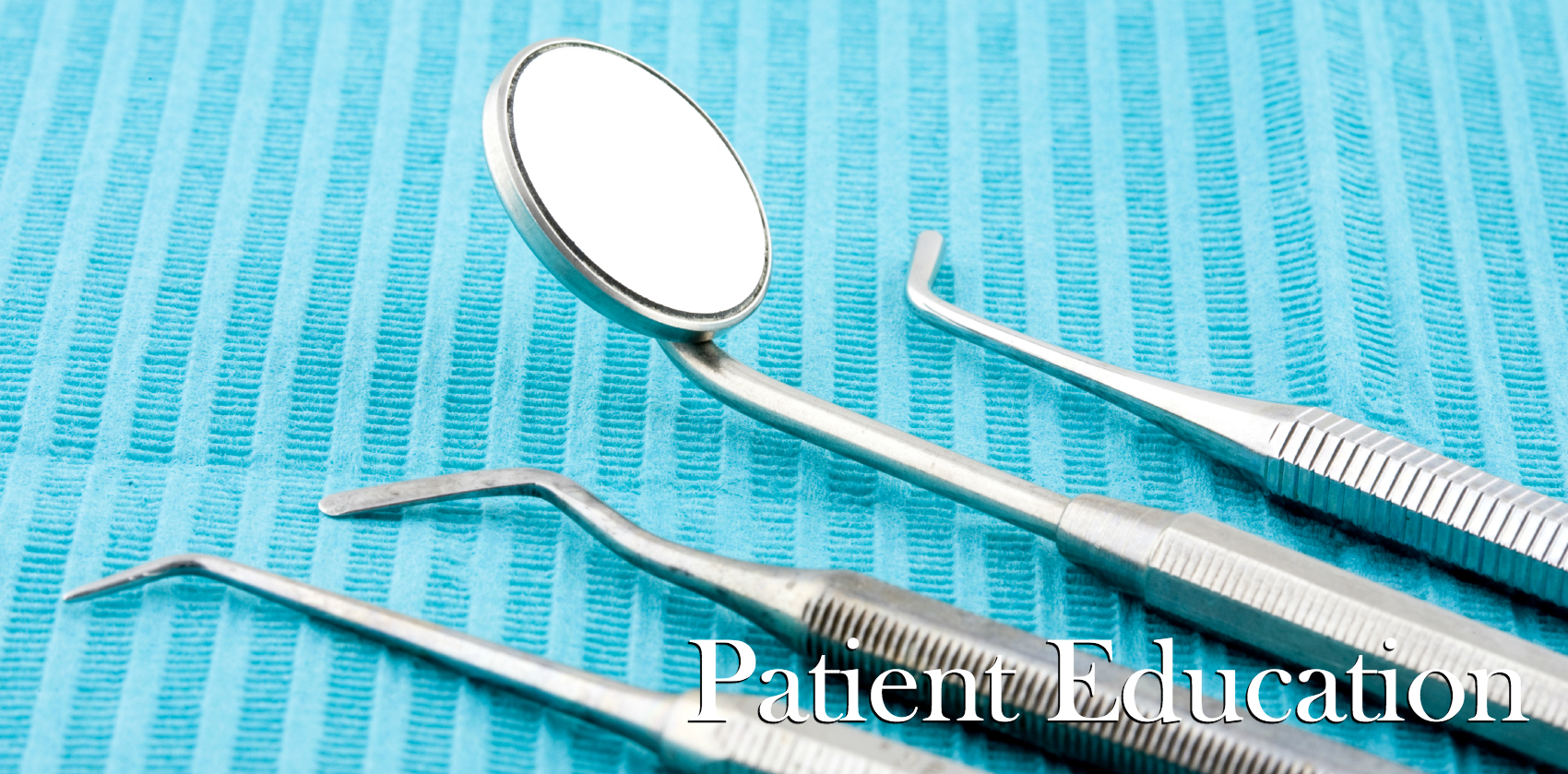This is an example of a typical stayplate with hidden metal/acrylic.
If you have been looking to have a tooth replaced with a dental implant, you were probably surprised to learn about the treatment time line. Some television shows and ads make implants seem like a single step process- you go to the dentist, they place the titanium anchor and attach a crown in a single visit. On the contrary, most implants need about six months to fully heal before being fitted with a crown. For patients replacing anterior teeth, this can be a huge esthetic concern.
When preparing for anterior implants, careful planning and consideration can make the difference between "acceptable" results and "outstanding" results. With this in mind, we typically do not recommend putting an immediate load on the implant (placing a crown at the same visit as the surgery). This allows time for proper bone healing and gives us a chance to perfect the soft tissue around the anchor and create a natural gum line. However, you certainly can't walk around for six months with a missing front tooth!
To fill in the time between implant surgery and crown placement, we typically have our lab create a temporary partial denture called a stayplate. These devices, also known as flippers, are removable partial dentures that are made prior to implant placement. At the same visit as your surgery, you leave the office with the fitted stayplate replacing the missing tooth or teeth. They are typically made out of acrylic and metal and more closely resemble orthodontic retainers than traditional dentures. In most instances, the clasps, wires and acrylic are fully hidden from your smile, presenting only the replaced tooth!
We use stayplates as temporary tooth replacements in a number of circumstances. However, we do not use them on the back teeth (molars and premolars) to restore chewing function. Due to the design and materials used in stayplates, they cannot be used for eating and can cause irritation to the underlying gum tissue. For a full picture on stayplates and what they can accomplish, please give our office a call!





